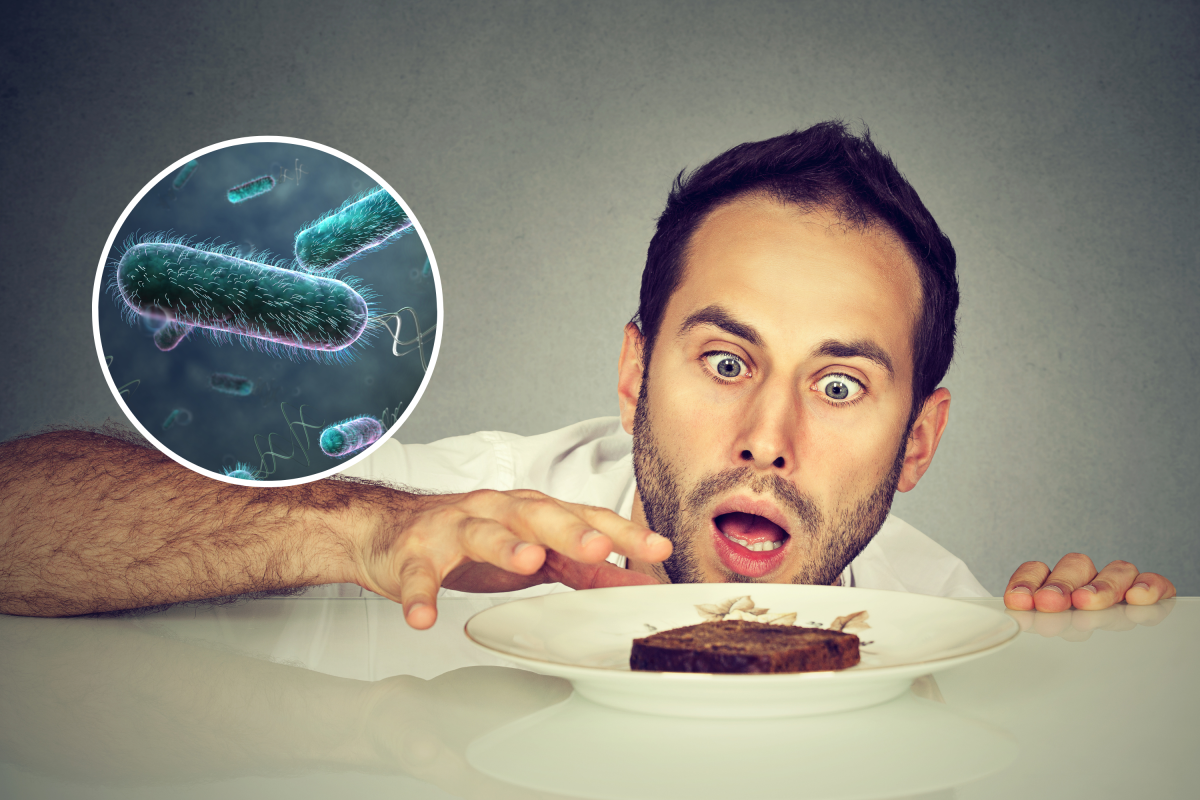Scientists may have found a way to help the body naturally produce more of an Ozempic-like hormone, to curb sugar cravings and improve metabolic health.
Glucagon-like peptide-1 (GLP-1) is a fullness hormone that helps the body regulate blood sugar, appetite and metabolism.
Ozempic, Mounjaro, Wegovy and similar drugs are GLP-1 receptor agonists, synthetic versions of that natural hormone.
Scientists in China have investigated the relationship between sugar cravings, gut health and hormones, including GLP-1.

Previous research has suggested that our food cravings originate from both the brain and the gut, but the science behind sugar cravings is complicated and scientists are not exactly sure what role gut microbes play.
In the Chinese study, scientists analyzed the blood of 18 mice with diabetes and 60 patients with type 2 diabetes, and compared it with the blood of healthy controls, including mice and 24 people without diabetes.
Diabetes is a metabolic disease—meaning it relates to how the body turns food into energy—that affects an estimated one in 10 Americans, according to the Centers for Disease Control and Prevention (CDC).
An individual may develop diabetes, or other metabolic disorders, if their body struggles to cope with the sugar in their diet—but many people struggle with sugar cravings.
The Chinese scientists have found that this may be linked to a certain gut bacteria that helps the body produce Ozempic-like fullness hormone GLP-1.
They found that the diabetic mice and humans had lower levels of a protein called FFAR4, linked to reduced levels of GLP-1.
Lower levels of FFAR4 and GLP-1 in the mice were associated with stronger sugar cravings and a preference for sugary foods.
Mice who had lower levels of FFAR4 and GLP-1 also had lower levels of gut microbes called Bacteroides vulgatus and a B vitamin called pantothenate.
The scientists tested the effects of these gut microbes by giving extra B. vulgatus to the diabetic mice—and found the mice significantly reduced their sugar-seeking behaviors.
The scientists concluded that pantothenate encouraged the body to make more GLP-1, which led to more of the hormone FGF21.
FGF21 is a liver hormone that acts directly on a part of the brain called the hypothalamus, which controls feeding behavior.
So, less of the helpful gut bacteria B. vulgatus was linked to less pantothenate, less FFAR4, less GLP-1, less FGF21 and, crucially, more sugar cravings.
But giving the diabetic mice more B. vulgatus helped the mice's bodies create more of the Ozempic-like fullness hormone GLP-1 and reduce their sugar cravings.
In future, this could lead to the development of new therapies for treating and preventing type 2 diabetes, other metabolic diseases and sugar addiction.
Rather than prescribing synthetic GLP-1 medication such as Ozempic, it might eventually be possible to help the body make more GLP-1 by itself.
The research was published on Monday in scientific journal Nature Microbiology.
Do you have a tip on a food story that Newsweek should be covering? Is there a nutrition concern that's worrying you? Let us know via science@newsweek.com. We can ask experts for advice, and your story could be featured in Newsweek.
Reference
Zhang, T., Wang, W., Li, J., Ye, X., Wang, Z., Cui, S., Shen, S., Liang, X., Chen, Y. Q., Zhu, S. (2025). Free fatty acid receptor 4 modulates dietary sugar preference via the gut microbiota, Nature Microbiology. https://doi.org/10.1038/s41564-024-01902-8




















 English (US) ·
English (US) ·